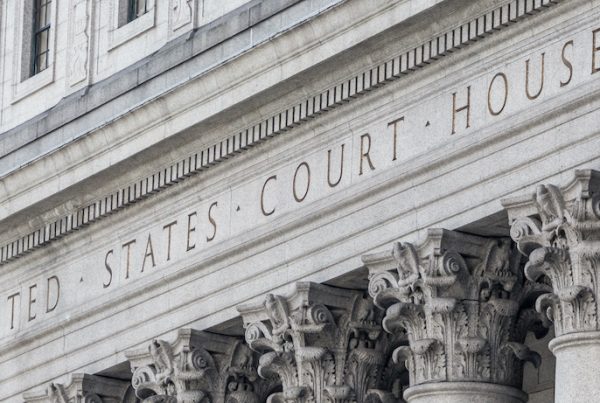In common course, lawsuits with hundreds, or even thousands, of plaintiffs are labeled ‘class actions’, while many are actually mass torts. In the same way, mass torts are commonly labeled ‘class actions’. As a plaintiff in an action, it is important to understand the two types of actions and the procedural differences each have. While class actions and mass torts both have many of the same features, including large numbers of injured parties, there are key differences that set these two litigation types on opposite ends of the spectrum. In just this short post, we will examine mass torts and class actions in detail and analyze the key differences between them.
Class Actions
Class actions are a type of litigation that many have heard of and often associate with many people suing large companies. These types of actions have successfully held companies accountable for wrongdoing and provide proper compensation for injured parties. Class actions are lawsuits in which there is one or several representatives for a large group of injured parties, called the Class. In the beginning of a class action, a civil lawsuit is filed against a company, government entity, or group by those who have been injured by them. The attorneys for the plaintiffs will then request the Court grant Class Certification under Rule 23 of the Federal Rules of Civil Procedure. If granted, this will allow the lawsuit to turn into a class action wherein Class Representatives are selected and, from there, will be the plaintiffs who are involved in every aspect of the case. They will be deposed, submit answers and produce documents as required in the discovery process, and take position as the speaker for all injured parties in the Class. To learn more about class actions, please visit https://simonlawpc.com/class-action/ to see how The Simon Law Firm, P.C. expertly handles these cases.
Mass Torts
Mass torts, on the other end of the spectrum, are individual personal injury cases litigated within consolidated proceedings. In these cases, there is no representative to speak on behalf of all injured parties and cases are litigated individually, while being subject to general case management orders. Mass torts generally start out as individual personal injury cases filed in proper federal venues. Attorneys can petition the Judicial Panel on Multidistrict Litigation, a panel made up of seven sitting federal judges, for cases to be joined together for consolidated proceedings in a Multi-District Litigation (MDL) Court. To achieve this, the petitioning attorneys must show that there are multiple actions in different federal districts that involve one or more common questions of fact, as specified in 28 U.S.C. § 1407. If granted, this will centralize all cases related to the product, medication, or type of injury related to one or more defendants. The importance of this centralization is in pre-trial discovery – 1,000 attorneys requesting the same documents from one defendant is incredibly inefficient. In centralized MDL proceedings, this inefficiency is cut out as general discovery is conducted under the oversight of one judge. To learn more about mass torts, please visit https://simonlawpc.com/mass-torts/ to see how The Simon Law Firm, P.C. expertly handles these cases.
Key Differences
Not only are there procedural differences between class actions and mass torts, but their litigation process and results will vary. In class actions, the Class is not usually updated on the intricacies that the Class Representative is updated on, usually due to the Class not needing to be involved in this. In mass torts, all cases are at different positions in the litigation and the Court requires all cases to be worked on in the same way, at the same pace, often with very strict parameters. Class action settlements are usually negotiated on a scale for the Class, whereas most mass tort settlements are done on an individual basis, with enhancers for type of injury, length of hospitalization, and other extraordinary factors. Lastly, class action trials are usually handled with the Class Representative participating only, whereas mass tort trials are done on an individual basis, with each injured party having the opportunity to present their individual case, evidence, experts, and argument.
Class actions and mass torts are incredibly different and require experienced attorneys to help injured parties hold those who injured them accountable. When large-scale cases are litigated, the attorneys handling them must be alert, capable, and ready to zealously advocate for their clients. The class action and mass tort attorneys at The Simon Law Firm, P.C. are experts in their fields and are ready to stand up to any company or entity to fight for justice.







